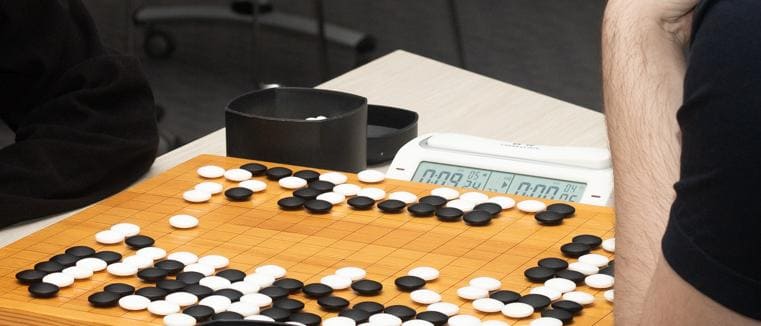Byoyomi
Overtime or countdown phase
Byoyomi in Go refers to the overtime phase that begins after a player has used their main allotted time.
- When the main time runs out, players enter byoyomi, where they have a fixed number of seconds (e.g., 30 or 60) per move.
- If a player exceeds the time limit for a move, they lose one of their allocated byoyomi periods.
- Once all byoyomi periods are used up, the player loses the game on time.
Byoyomi ensures that the game maintains a steady pace while preserving fairness, as players must weigh speed against precision.
Main Types of Byoyomi
- Standard Byoyomi: Players receive a set number of time periods (e.g., five 30-second periods). If the player takes the entire 30 seconds for their move, one period is consumed.
- Fischer Byoyomi: A less common variant where a small amount of time is added back to the clock after each move.
- Canadian Byoyomi: Players must make a specific number of moves (e.g., 20) within a larger block of time (e.g., five minutes). This type of byoyomi is used by default on Pandanet Internet Go Server.

On online Go servers, byoyomi is fully automated, with the system not only tracking time but also providing a sound or voice countdown to keep players aware of their remaining seconds. In most in-person tournaments, special clocks handle byoyomi, making the process straightforward.
In professional tournaments, byoyomi is managed by a dedicated timekeeper instead of a clock. The timekeeper announces the seconds and keeps track of the remaining time, ensuring fairness and accuracy throughout the match. This adds a traditional and human touch to high-stakes matches.